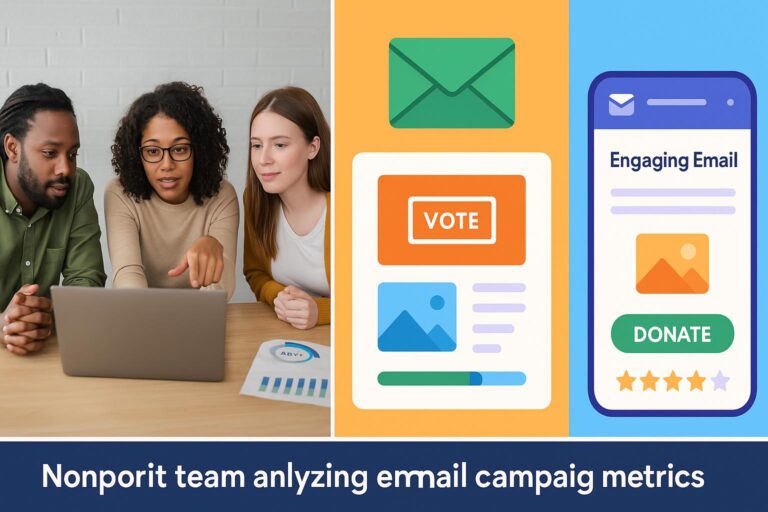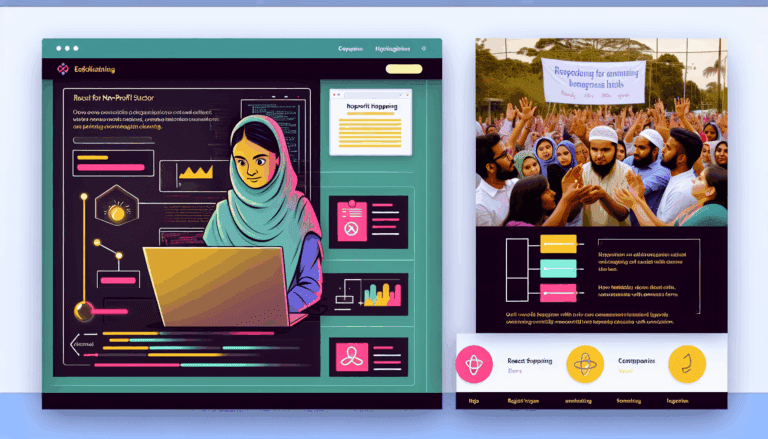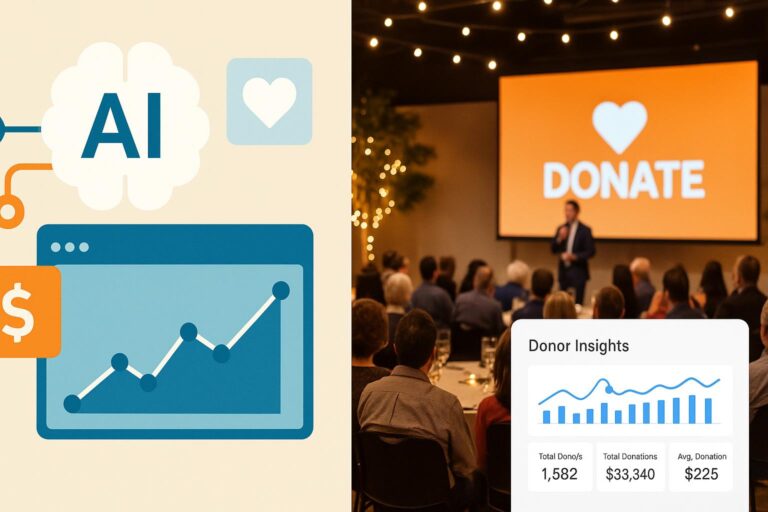In the evolving landscape of digital fundraising, nonprofits face the challenge of capturing and maintaining donor attention amid a sea of online content. Interactive storytelling emerges as a powerful strategy to deepen engagement and boost donations. This approach transforms traditional narratives into immersive experiences that resonate emotionally and encourage action.
Understanding the Power of Interactive Storytelling
Interactive storytelling combines compelling narratives with multimedia elements—such as videos, quizzes, and interactive maps—to create a two-way dialogue with donors. Unlike static content, it allows supporters to explore the story from different angles, making the experience personalized and memorable. This method taps into the psychological principle of active participation, increasing emotional investment and the likelihood of donations.
Why It Matters in Fundraising
With digital channels saturated, capturing donor attention requires more than just good storytelling. Interactive elements help break through the noise, foster a sense of ownership, and demonstrate transparency. For example, a donor can see the direct impact of their contribution through an interactive progress bar or choose which project to support, aligning their values with actionable steps.
Strategies to Implement Interactive Storytelling
1. Leverage Visual and Multimedia Content
Use videos, photos, and animations to tell stories vividly. A compelling visual narrative can evoke empathy faster than text alone. Incorporate interactive elements like clickable maps or donor dashboards that showcase real-time data on campaign progress.
2. Personalize the Experience
Utilize data to tailor stories based on donor interests or giving history. Personalized experiences make supporters feel seen and valued, increasing their likelihood to donate again. For instance, a supporter interested in education can explore stories specifically related to that cause.
3. Integrate Gamification
Introduce gamified elements such as quizzes, badges, or challenge milestones. These incentives motivate ongoing engagement and foster a community around the cause. A campaign might include a challenge to raise a specific amount within a timeframe, with interactive updates on progress.
Measuring Success and Optimizing
Track engagement metrics like time on page, click-through rates, and donation conversions. Use A/B testing to refine storytelling techniques, headlines, and visuals. Data-driven insights enable continuous improvement, ensuring the storytelling remains compelling and effective.
Conclusion: Elevate Your Fundraising Strategy
As donors seek authentic and engaging experiences, interactive storytelling offers a way for nonprofits to stand out and foster deeper connections. By integrating multimedia, personalization, and gamification, organizations can significantly increase donation rates and build lasting relationships. The next step? Experiment with these tactics, analyze your data, and keep evolving your storytelling approach to meet donor expectations in a competitive environment.






